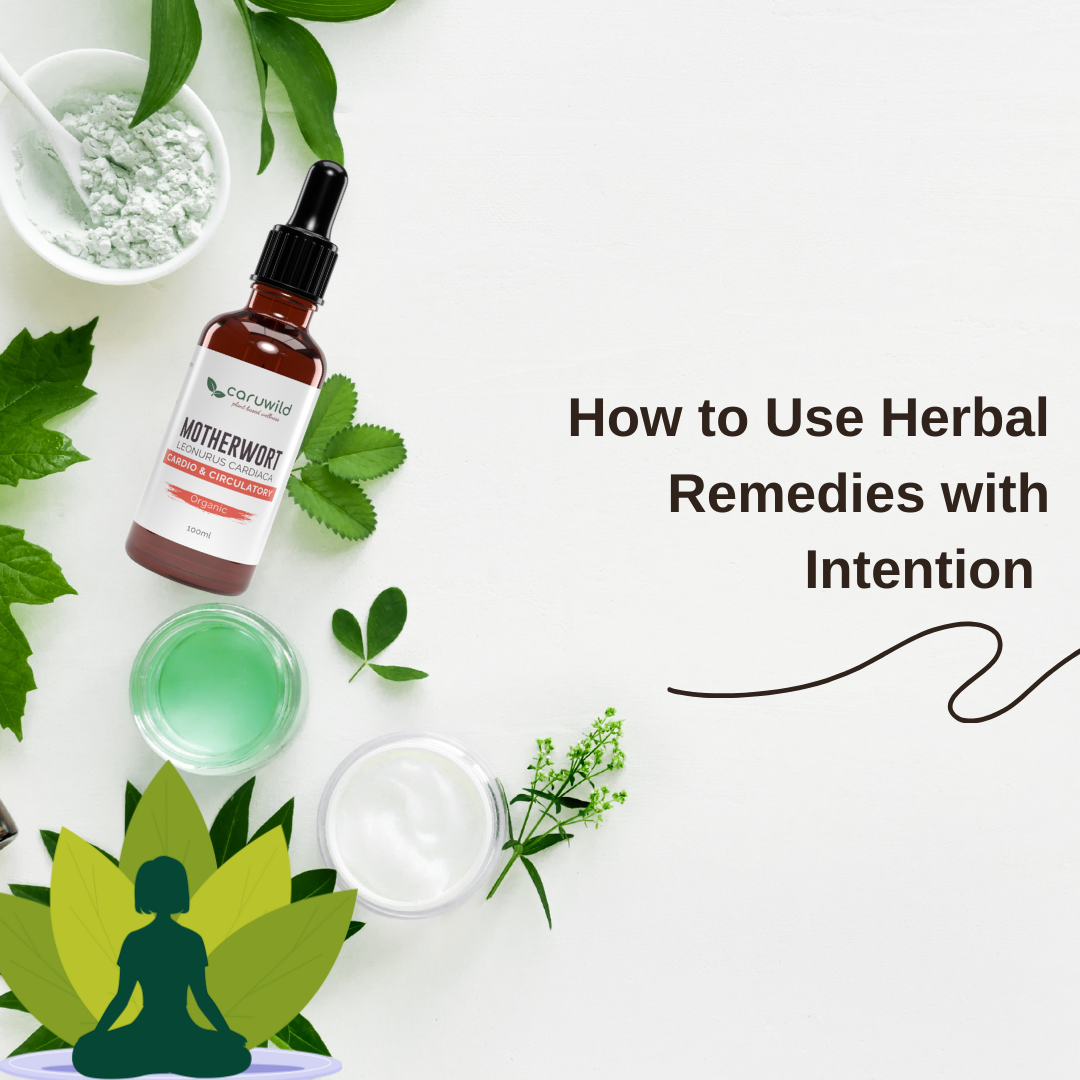
🌕 A Hildegard von Bingen-Inspired Full Moon Tea Ceremony
A Ritual of Greening, Stillness, and Sacred Release
“The moon is the measure of time.”
— Hildegard von Bingen
To Hildegard von Bingen, the 12th-century mystic, herbalist, and visionary, the rhythms of the natural world were divine language. She believed in viriditas — the greening force — a sacred vitality flowing through all life, plants, people, and the moon alike.
A full moon tea ceremony, in Hildegard’s spirit, is a time to honour that sacred rhythm. A moment to slow down, sip with reverence, and release what no longer serves. You don’t need incense or chant (though she loved both!) — only your presence, a warm herbal infusion, and a little moonlight.
🌿 The Purpose of the Full Moon
In Hildegard’s worldview, the full moon would mark a time of illumination and ripeness. Just as plants bear fruit and drop seeds, we, too, are called to harvest our experiences — to celebrate what’s come to light and gently release what’s heavy.
This is not a ritual of striving. It is one of surrender and trust.
🌾 Gathering Your Herbs
Hildegard wrote extensively on healing herbs — not just for the body, but for the soul. For a full moon tea, she might have chosen:
-
Fennel – to bring clarity and inner balance
-
Lemon balm (Melissa) – to lift the heart and soothe melancholy
-
Hyssop – a sacred herb for spiritual cleansing
-
Rosemary – to invigorate and warm the spirit
-
Lavender – to calm anxiety and quiet the mind
Use what you have — even a simple fennel seed or lemon balm blend is enough. The power is in your attention, not the complexity.
🕯 The Ceremony (as Hildegard might guide it)
1. Prepare in Quiet
Before you brew your tea, take a few deep breaths. Light a candle if you have one. You might whisper a prayer, or simply say:
“Let this be a moment of greening and grace.”
If the moon is visible, open a window or sit near her glow. If not, close your eyes and imagine her light pouring over you.
2. Boil with Intention
As the water heats, reflect:
-
What am I holding that’s ready to be released?
-
What has ripened within me this moon cycle?
Let the questions settle in the steam.
3. Steep and Stillness
Place your herbs in a cup or teapot. As they steep, watch the colours shift. Feel the warmth. Hildegard saw this as divine alchemy — nature and water transforming into medicine.
You might chant softly, or sit in silent reflection. Let the moment hold you.
4. Sip as Blessing
Drink slowly. Each sip is a blessing. Each swallow a soft surrender. You may want to write in a journal, hum a melody, or simply breathe.
“There is the music of Heaven in all things.”
— Hildegard von Bingen
5. Release and Close
If you feel called, pour the last sip into the earth — an offering of gratitude. Name aloud what you’re releasing, or whisper it into the night air.
End with a gentle blessing, like:
“May I soften, may I trust, may I green again.”
🌙 A Ritual of Rhythm, Not Rules
This ceremony isn’t about getting it right. Hildegard reminds us: divine presence is woven through the simple and the small. A warm cup of tea, taken in silence, can be a holy act.
💚 In the Caruwild Spirit
Many of the herbs Hildegard loved appear in our blends — lovingly chosen to support rest, clarity, and gentle release. If you’re drawn to this kind of ritual, you’ll find tools, plants, and simple guides in our [Rituals & Rhythms collection].
“Everything that is in the heavens, on earth, and under the earth, is penetrated with connectedness, penetrated with relatedness.”
— Hildegard von Bingen
May your full moon moments be filled with greening.
Would you like this formatted for your site’s “Learn” page, turned into a downloadable ritual PDF, or paired with a herbal bundle for full moon ceremonies?



